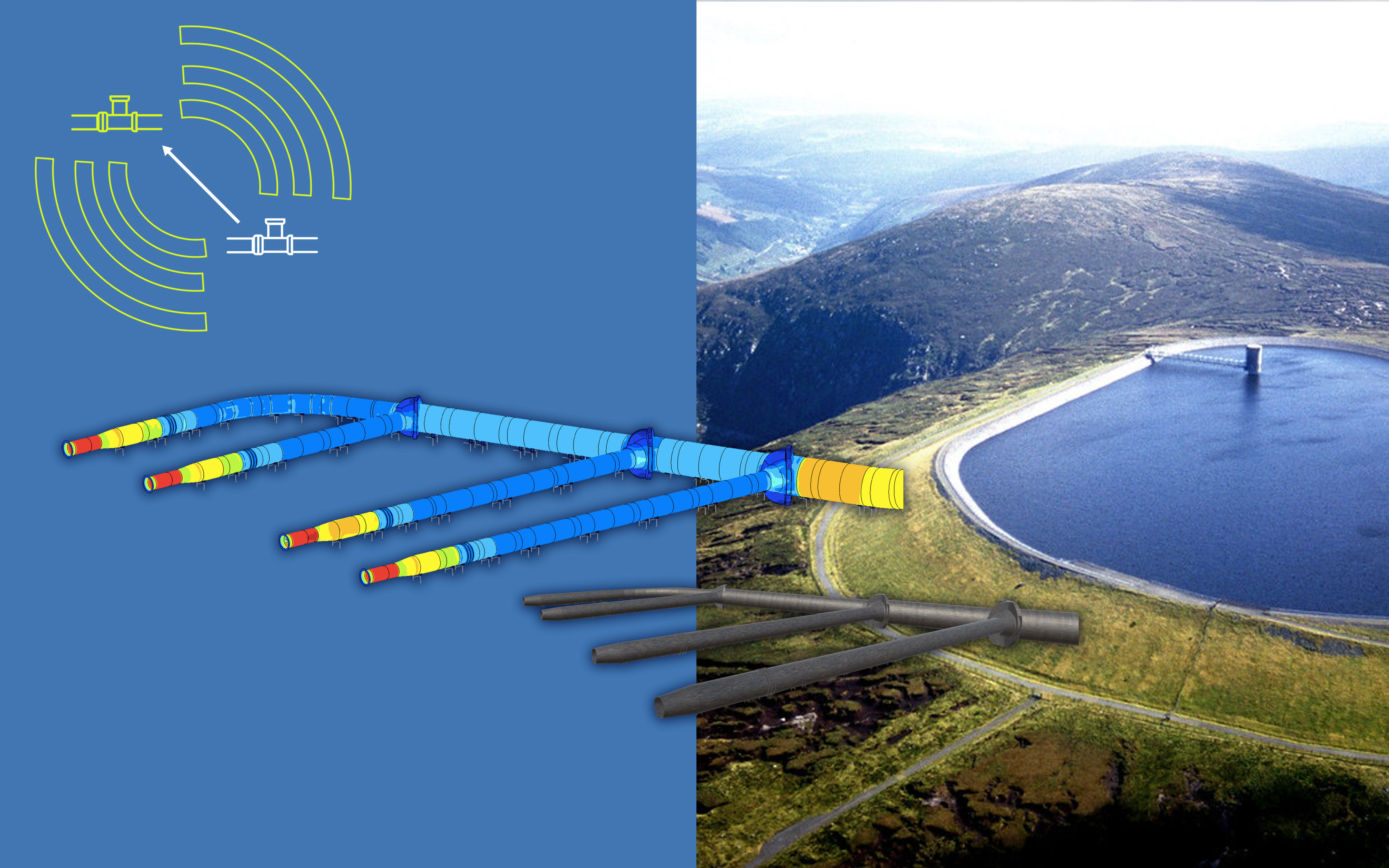Circular economies are the way of the future
Over the next decade, the Australian economy will be hit with a radical transformation that will forever change our approach to consumption.
The transition away from our linear economy where we use and then throw away nearly all of the products we buy and consume to a circular economy where we repair, reuse and share is already gaining traction around the world.
This phenomenon – is supported by the World Economic Forum as one of the few viable economic pathways out of our global consumption-climate-biodiversity crisis.
The world simply doesn’t have enough virgin resources to support the 10 billion people who will be on our planet by 2050. We have exceeded our planetary boundaries and as a consequence the rapid and significant destruction of our biosphere is going to impact on health and livelihood of all people. It will lead to collapse of fish stocks, water scarcity, soil erosion, air pollution, global deforestation, biodiversity loss and the list goes on.
The circular economy is now core policy for a growing number of countries with leadership from Finland, the European Union and Canada, but it is also taking a strong hold in Asia as Japan and China implement circular economic policies to transition them to a sustainable inclusive future.
A Circular economic approach was agreed at the Japan G20 meeting in June 2019. Here in Australia small steps are being taken, spurred on by the waste crisis, Australian cities and state governments like South Australia, NSW and Queensland and federal Treasury have started their policy journey.
In February last year, the NSW government released its circular economy policy statement and discussion paper, the South Australian and Victorian governments are developing circular economy policies and action plans, to be finalised this year, and South Australia is implementing its plan. The Australian government has a significant opportunity to manage this national transition with clear policy and targets.
Last June, the World Circular Economy Forum held its third annual meeting in Helsinki Finland with 2,000 business, government and industry leaders from 90 countries around the world. The theme was Scale It Up because large-scale investment is now required to follow through on this critical market transformation. The EU and countries like Finland have clear targets to meet. Finland will be 100 per cent circular by 2030, it is now in delivery mode.
It is also heartening to see moves by the infrastructure industry, such as Global Infrastructure Hub’s InfraChallenge, to encourage innovation to solve economic or social infrastructure issues and build momentum towards better infrastructure that can enable the circular economy.
At the moment circular businesses and services make up just 11 per cent of all economic activity - not a lot but growing fast. To realise the trillion-dollar value of this new economy, Australia needs to scale-up the right infrastructure and services.
To achieve a circular economy, Australia needs to open up its utility and service markets to embrace new sharing and reuse solutions, products and services. For example, two-way water and energy grids that support the trading and sharing of recycled water and renewable energy, local waste reuse and recycling, along with the sharing of mobility solutions and data.
Sharing and reuse business models keep resources in the market for longer – extracting the maximum value from the resource, driving efficiencies and generating jobs. They also deliver significant cost savings and positive benefits.
High income countries are leading the way and ensuring the transition is fair and inclusive. People who lose jobs from the old linear economy will need support to reskill and critical investment in Next-Gen circular infrastructure must occur.
Here in Australia there is an untapped trillion-dollar opportunity. The federal government needs to lead the Circular Economy transition in Australia, and we all need to move fast.
Regulatory change is urgent and overdue, our utility and mobility markets need to be opened to new circular solutions. This will require more regulatory action to put a value on previously undervalued outcomes such as reusing waste, preserving drinking water in our dams, or reducing vehicles from the roads.
Australia could save $20 billion a year by reducing/ reusing the 7.3 million tonnes of food waste thrown in the bin every year. It could extract value from the 7.3 million tonnes of general waste and reusing the 1000s of Olympic swimming pools of wastewater flushed out to sea daily across Australia. Recycling water creates a resilient water supply that can be used for 70 percent of daily needs to create resilient, productive, liveable and valuable communities, and it is up to 30 percent cheaper than drinking water.
Every shared mobility vehicle removes 10 individual cars from the road, reducing congestion, carbon, and pollution. Plus, using shared mobility regularly costs around $2,000 a year - significantly less than the $8,000 average annual costs of running and owning a car.
Industry needs to play its part. Capital investment is needed in new local and distributed infrastructure and services. We need local waste collection and sorting systems, water recycling and renewable energy networks, shared mobility infrastructure.
We need to get waste classified as a resource and then connect in with countries setting up sustainable reuse infrastructure. But this is not just about waste and recycling - circular economy is an economic solution, and it’s the most powerful one we have.
If we continue to consume resources as we have since the industrial revolution our economy will soon stall, if we want our economy to continue to grow, driving jobs and improving our quality of life, we will need to re-think and embrace a circular economy.
The circular economy will grow and develop in ways that are highly profitable. Already new goods and services are emerging from recycling and sharing business models, such as subscription electronics and fashion and shared mobility.
New revenue streams are developing as sharing and reuse significantly extends the market value of products, keeping them in the market longer, creating jobs and value. And profits are being made, with the circular economy in Europe estimated at $2.9 trillion by 2030 and $15 trillion in Asia.
But to realise these and other benefits we must change our thinking; we simply must take into account the inherent and hidden costs of linear solutions. We need to put a value on natural capital to make a solid economic case not just about our Gross Domestic Product but also to value our resource assets and understand the costs of depletion of natural capital.
If we pay attention to these costs and get cost structures right, we will make the right decisions – like local waste and water reuse, not transporting long distances or pumping it out to sea. This will reduce costs and bills and help enhance biodiversity and trees, making properties more valuable. And like getting the right foods in the right packaging, to avoid unnecessary waste.
People care and want to live sustainable lives so Australian governments need to make sustainable living affordable and desirable and they need to do it now.
Lisa McLean is the Chief Executive Officer of Open Cities, Australia's peak association for circular economy products, services and infrastructure.

 InfraChallenge
InfraChallenge





